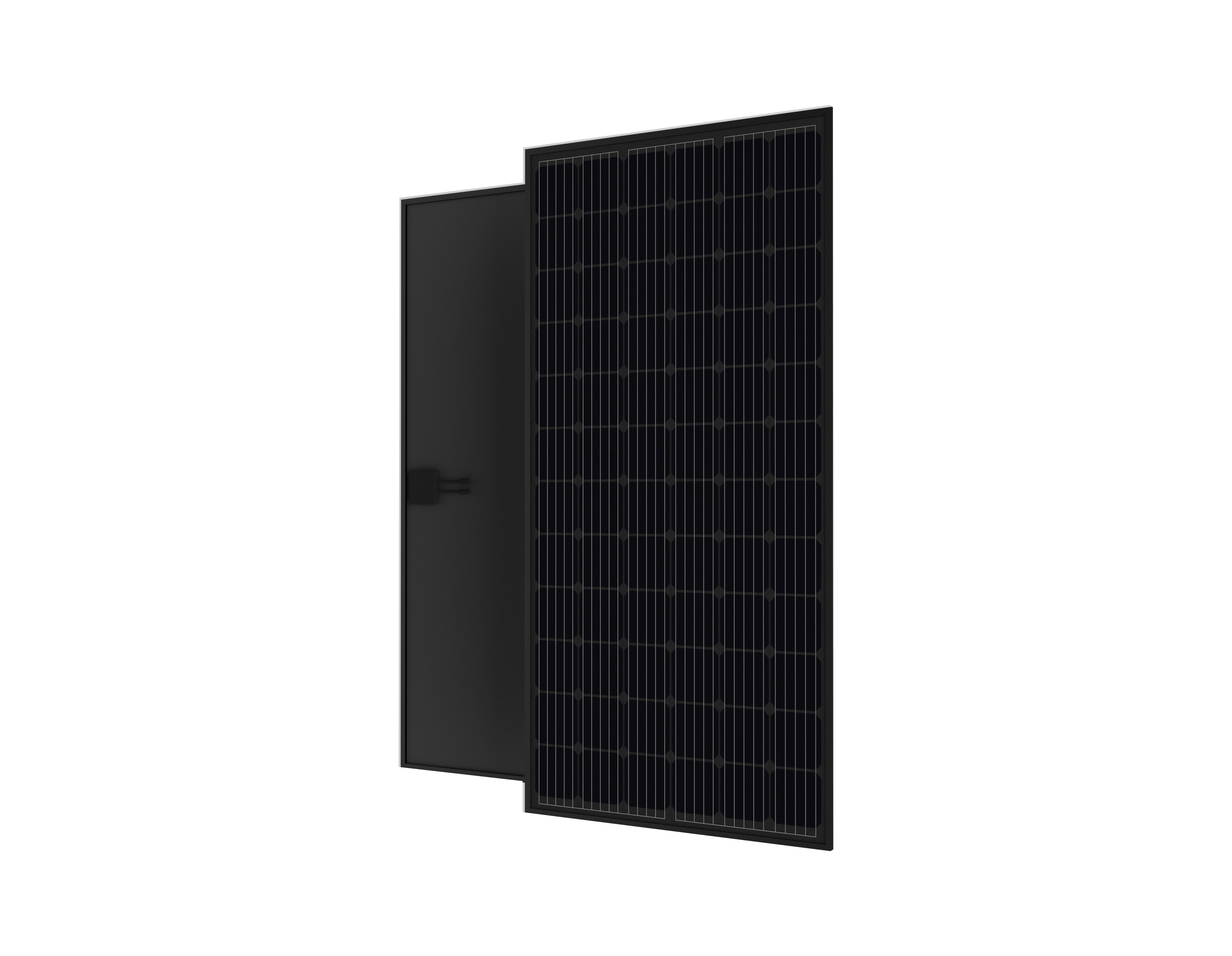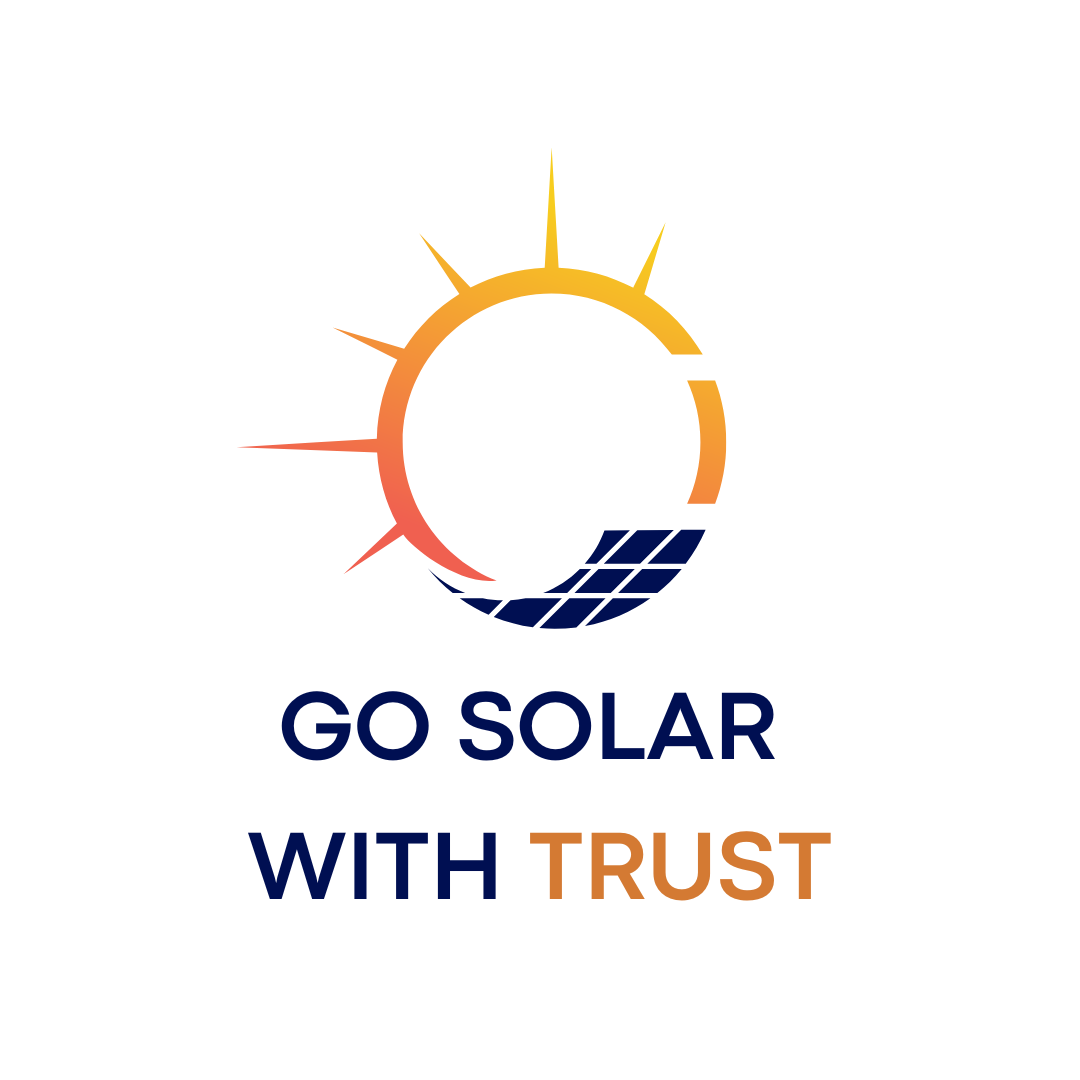Solar Panels
how do they work?
Solar panels, also known as photovoltaic (PV) panels, are fascinating devices that convert sunlight directly into electricity. They do this through a scientific phenomenon called the photovoltaic effect.

Okay, let's simplify how solar panels work!
Think of a solar panel like a special sandwich that loves the sun:
The "Sunlight Snack": Sunlight is made of tiny packets of energy called "photons." When these photons hit the solar panel, the panel "eats" them.
The "Energy Jiggle": Inside the solar panel are special materials, usually silicon. When a photon hits this silicon, it gives a little "jiggle" of energy to tiny particles called electrons, making them jump free from their usual spots.
The "Electric Slide": The solar panel is designed with special layers, like a built-in slide. This slide pushes all those freed electrons to move in one direction. When electrons move in a direction, that's electricity!
DC Power: The electricity coming straight out of the solar panel is called "DC" (Direct Current) electricity. Think of it like a one-way street for electricity.
The "Power Translator" (Inverter): Most of our home appliances use "AC" (Alternating Current) electricity, which is like a two-way street. So, the DC electricity from the panels goes through a special box called an inverter. This inverter's job is to translate the DC power into AC power that your TV, fridge, and lights can use.
Powering Your Home: Now, the AC electricity flows into your home's electrical system, and voila! Your house is powered by the sun.

Innovation
Fresh, creative solutions.

Integrity
Honesty and transparency.

Excellence
Top-notch services.
FOLLOW US
SOLAR RESOURCES
CUSTOMER CARE
LEGAL
Copyright 2025. Go Solar With Trust. All Rights Reserved.
